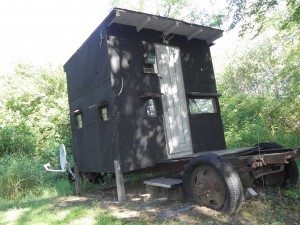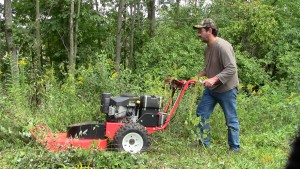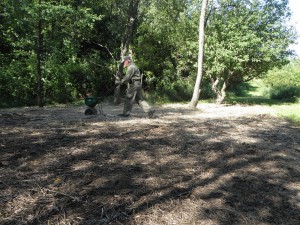DNR confirms third deer positive for CWD; hunter participation is critical this fall
Today, the Michigan Department of Natural Resources announced that a third free-ranging deer in Meridian Township (Ingham County) has tested positive for chronic wasting disease (CWD). The deer was a 5-year-old doe. All three CWD-positive deer detected thus far have been discovered within a mile of one another.
“As we stated with the second positive deer, this news is not surprising,” said Dr. Steve Schmitt, DNR wildlife veterinarian. “The good news is that all three deer came from the same small area.” Genetic analyses carried out by Michigan State University’s Molecular Ecology Laboratory indicate that all three positive animals were related as part of an extended family. Previous research has shown that CWD often is transmitted within family groups because of their close contact.
Hunters are critical to helping the DNR understand the prevalence and geographic distribution of the disease.
“We have focused our efforts thus far in the area around the first case,” Schmitt continued. ”We need individuals who have always hunted in Ingham County and surrounding counties to keep hunting. The DNR can’t fight this disease without their support. Hunters need to have their deer checked and tested so we can determine if this disease is established over a broad area or just persisting in a local pocket.” Read more



 ake just 10 minutes this month to check trees around homes for Asian longhorned beetle or any signs of the damage it causes. Out for a stroll? Look for signs around the neighborhood, at local parks and favorite recreation spots. Early detection and response are vital to protecting Michigan’s trees.
ake just 10 minutes this month to check trees around homes for Asian longhorned beetle or any signs of the damage it causes. Out for a stroll? Look for signs around the neighborhood, at local parks and favorite recreation spots. Early detection and response are vital to protecting Michigan’s trees.




